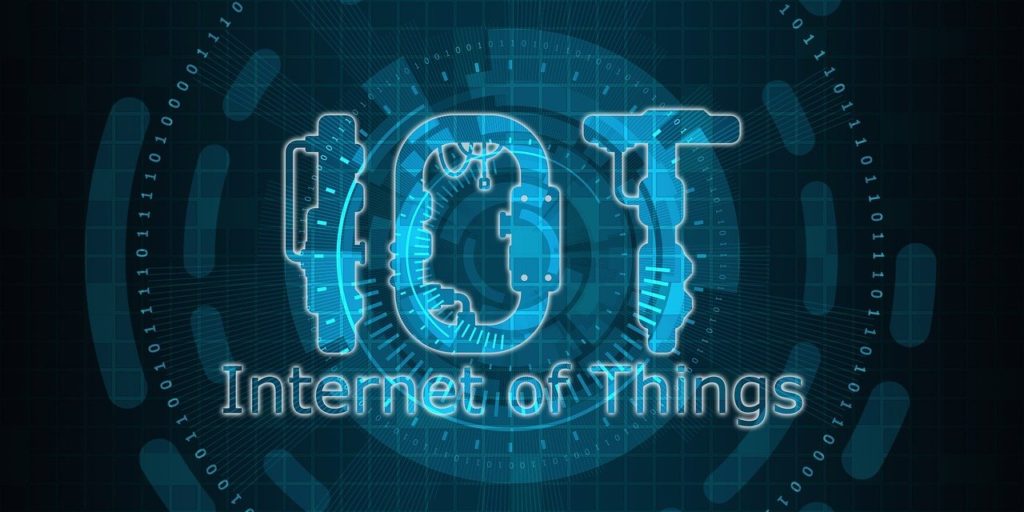The COVID-19 pandemic swept the entire globe and made the biggest disruptions of public life in generations. The forced lockdown measures resulted in a complete shutdown of offices and made millions of employees continue their jobs from home. Remote work phenomenally became the rescuing aspect for businesses.
The trend will not die down soon irrespective of the general improvement, and relief from the pandemic-led crisis. When remote work became the new normal, the Internet of Things (IoT) remained the only technology to ensure the efficient engagement of a huge number of people. Businesses now show interest in hiring remote developers for their app projects because of the ease of collaboration and managing remote development team through IoT.
Throughout this blog post, we will inquire about the efficiency and effectiveness of the Internet of Things (IoT) for facilitating remote work.
Going beyond the divide between physical and virtual
The latest range of IoT solutions that are available for home users is very likely to make way for real-time and interactive collaboration to go beyond the so-called physical-virtual divide. The increasing adoption of video conferencing and group chat tools by the remote workforce is paving the way towards a future where real-time device interactions such as the surveillance camera will play a major role in remote workforce collaboration and monitoring.
As workers today no longer need to travel to several different locations, they are capable of lowering the amount of their valuable time spent for on-site jobs. This can be further facilitated by leveraging advanced workflow orchestration tools converging all of the IoT edges across multiple connected devices.
A business can build mobile apps for enterprise operations by entirely relying on IoT-based remote collaboration. Such fluid and connected reality will also give enterprises more control in delivering updates and deploying new applications across a whole array of enterprise interfaces in diverse locations.
Automating Work Processes
During the pandemic-led crisis and resulting lockdown, Numerous enterprises embraced IoT for automating remote work processes and ensuring efficient collaboration among the remote teams. This has been an eye-opener for many companies, and in the years to come, this role played by IoT devices will be a constant factor to push growth.
To give specific examples, we can refer to the AI-powered voice assistants such as Alexa, which continues to help employees produce reminders and to-do lists, take meeting notes, make transactions, make calls, and carry out an array of regular tasks that an intelligent virtual assistant can handle.
IoT has also made its entry into the corporates through connected conferencing equipment resulting in more efficient and streamlined collaboration between remote workers. Several other connected devices can further help automate and streamline the work process. For example, a well-equipped smart camera loaded with a speech recognition engine can instantly detect a person and allow him to participate in remote communication with the required effect.
Remote tracking and monitoring in production facilities
The IoT devices and applications also allow technicians in production facilities to monitor and track the equipment performance without the involvement of designated staff at the manufacturing location. The sensors connected over the cloud platforms can easily track and monitor reports corresponding to machine conditions, usage, and other metrics.
When certain machine conditions cross thresholds, the IoT devices can instantly send alerts to the technicians to make sure that the emerging needs and requirements are addressed in time. The data produced by this remote monitoring of machines, equipment, and technician work can help managers make proper corrective procedures to reduce downtime and boost productivity.
IoT for remote healthcare
In the healthcare industry, the connected ecosystem of IoT devices and sensors is helping medical workers to remotely track and monitor the vital signs of patients in both the hospital and at home. This results in real-time caregiving and diagnosis by using connected IoT devices and sensors.
Several health technology experts, doctors, and medical professionals have been predicting the revolution of medical facilities through the use of connected health equipment and devices for several years. Leading health equipment manufacturer brands are working to build cutting-edge remote health monitoring equipment for different healthcare environments and facilities.
IoT for training and skill development of remote workforce
Thanks to IoT devices providing interactive and hands-on training to the remote workforce became easier than ever before. Remote training experience can be provided over the cloud-based apps by involving connected devices to impart hands-on knowledge and skills to the remote staff. We have had such bright app-device combinations in the last few years to ease remote training and skill development.
The connected tools and the apps can help the trainers to impart hands-on skills to the remote workforce in diverse environments. Coupled with immersive technologies like Augmented Reality (AR) and Virtual Reality (VR), connected devices can help provide training and impart essential job skills to remote employees.
Remote asset management
IoT devices across many organizations are being utilized to track assets in the supply chain and know real-time information regarding support. Companies are now using IoT-based barcode scanning and sensors to track information on the inventory movement and condition of goods.
Thanks to IoT-based inventory tracking and asset monitoring, managing the supply chain and maintaining the quality of goods during transport became much more accessible. These IoT-based systems can allow remote monitoring staff to control the logistics and supply chain operations while remaining informed on the process.
Conclusion
Now remote workers having access to robust home networks can have exposure to powerful and well-equipped IoT devices allowing easier integration, remote collaboration, and remote monitoring of the work processes. No wonder leading companies are already setting remote work and device integration protocols to capitalize on IoT promises.

